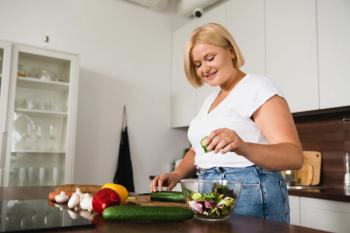
Pearling Makes for Sweeter Quinoa
The mechanical method can remove bitter saponins. But what does it do to phenols?
Quinoa is a nutritious seed, yet it is often concentrated with bitter-tasting compounds called saponins. Those don’t do wonders for end-use consumers, so to remove the saponins-which are largely concentrated on the outer layers of the seed-some suppliers and manufacturers wash quinoa in running water before processing it. Pearling quinoa, however, may be a more environmentally friendly approach-and new data published in Food Chemistry offers what may be the most
The concern with washing away saponins is not just the waste of water, but also the potential for saponin-rich water to pollute rivers and lakes nearby. Pearling is an alternative, mechanical process of removing the outer layers of quinoa and also various grains, such as wheat and barley. The practice is not new, but public documentation of ideal pearling conditions for quinoa is hard to come by.
To fill the void, a team of researchers from Spain and Italy pearled quinoa seeds at 20% and 30% before milling and defatting the quinoa into flour. Remaining saponins were then extracted and analyzed.
At 20% pearling, saponins were reduced 50% compared to initial levels in the seeds, but the result just wasn’t low enough for the researchers. It did not fall under the 129.8 mg of saponins per 100 g of quinoa that researcher Michael Koziol
While pearling can effectively create sweeter quinoa, there is legitimate concern for what the pearling process removes beyond saponins. Healthful phenolic compounds do reside on the outer layers of quinoa, and some of these are lost. The team of researchers says phenolic compounds were lost as a result of pearling, but “the loss of phenolic compounds in quinoa after pearling is lower if compared to other cereals.” This suggests that phenolics in quinoa are not entirely concentrated in the outer layers of the seed.
Some quinoa cultivars are apparently naturally low in saponins, so purchasing these may be an alternative to pearling. But pearling does appear to be a sustainable method of retaining significant amounts of quinoa nutrients while losing most of those bitter saponins.
[Photo ©iStockphoto.com/Santje09]
â¨Associate Editorâ¨
Nutritional Outlook magazineâ¨
robby.gardner@ubm.com
Newsletter
From ingredient science to consumer trends, get the intel you need to stay competitive in the nutrition space—subscribe now to Nutritional Outlook.





